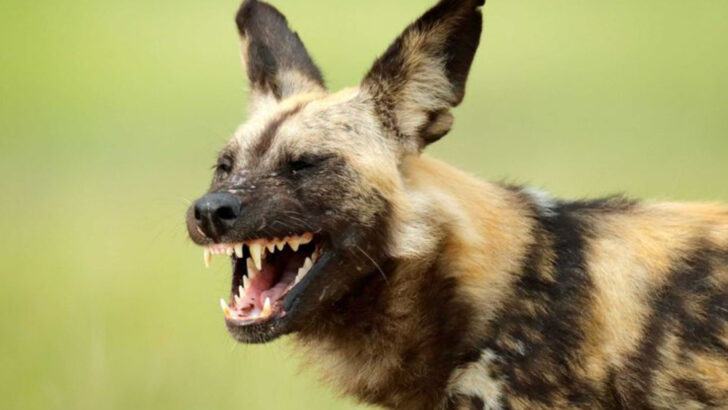Out here, fear has claws, fangs, and a very bad attitude. Some kill with stealth. Others charge like tanks. And a few? They look harmless… until it’s way too late.
These animals don’t mess around. From silent stalkers lurking in tall grass to river beasts with jaws that crush bone, every creature on this list has earned its reputation. They’re not villains—they’re survivors, ruling one of the toughest environments on Earth.
So forget the cartoons and nature documentaries that play it safe.
This is the raw, real side of Africa—the 19 animals you never want to meet in the wrong place at the wrong time.
African Lion
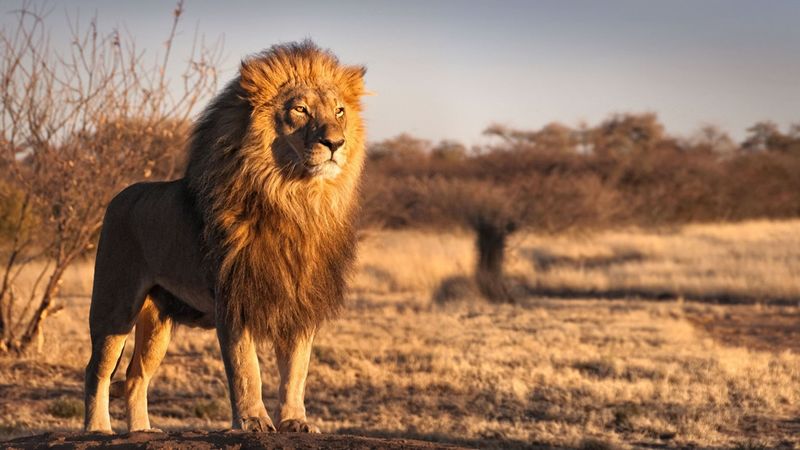
The African Lion, often called the “King of the Jungle,” is a symbol of strength and courage. With its powerful build and magnificent mane, it commands respect in the animal kingdom. Lions live in prides, showcasing a unique social structure among big cats.
These predators are known for their strategic hunting techniques, often working together to bring down large prey. Despite their fearsome reputation, lions spend much of their time resting and socializing.
Did you know? A lion’s roar can be heard up to five miles away, asserting its dominance across vast territories. This majestic creature truly embodies the wild spirit of Africa.
Nile Crocodile
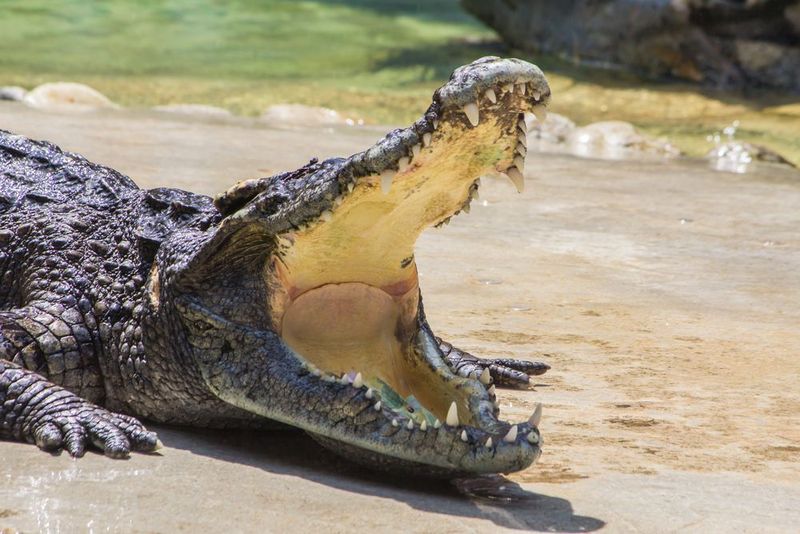
Lurking beneath Africa’s waters, the Nile Crocodile is a master of stealth and power. Its rough, armored skin and sharp teeth make it one of the continent’s most feared predators. These crocodiles can grow over 16 feet long and have a bite force unmatched by any other terrestrial animal.
They lie in wait near rivers and lakes, launching explosive attacks on unsuspecting prey. Their diet includes a variety of animals, from fish to large mammals.
Fun fact: Nile Crocodiles have been around for millions of years, making them one of nature’s most successful survivors. Their ancient lineage is a testament to their adaptability.
African Elephant

The African Elephant, the largest land animal on Earth, is both awe-inspiring and intimidating. With its enormous size and powerful presence, it can easily crush threats underfoot. Elephants are known for their intelligence, strong familial bonds, and complex social behaviors.
Despite their size, they are surprisingly gentle, using their trunks with incredible dexterity to interact with their environment. However, when threatened, their wrath is unparalleled.
Did you know? Elephants communicate through low-frequency rumbles that can travel through the ground, allowing them to “speak” over great distances. These majestic giants are both guardians and rulers of their domain.
Cape Buffalo
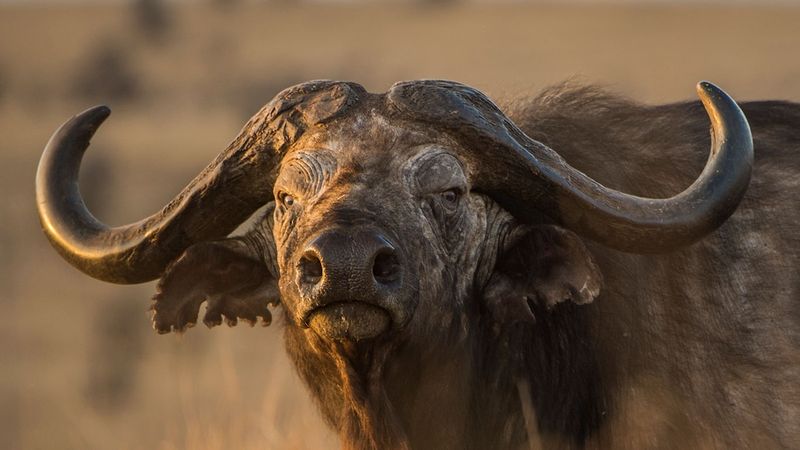
Known for its unpredictable nature and immense strength, the Cape Buffalo is often referred to as “The Black Death.” It ranks among Africa’s “Big Five,” revered by hunters and wildlife enthusiasts alike. These animals move in large herds, providing safety in numbers.
When threatened or injured, they can become incredibly aggressive, charging at speeds of up to 35 miles per hour. Their horns serve as formidable weapons against predators.
Interesting tidbit: Despite their fearsome reputation, Cape Buffaloes are herbivores, feeding primarily on grass. Their resilience and group dynamics make them a powerful force in the wild.
Black Mamba
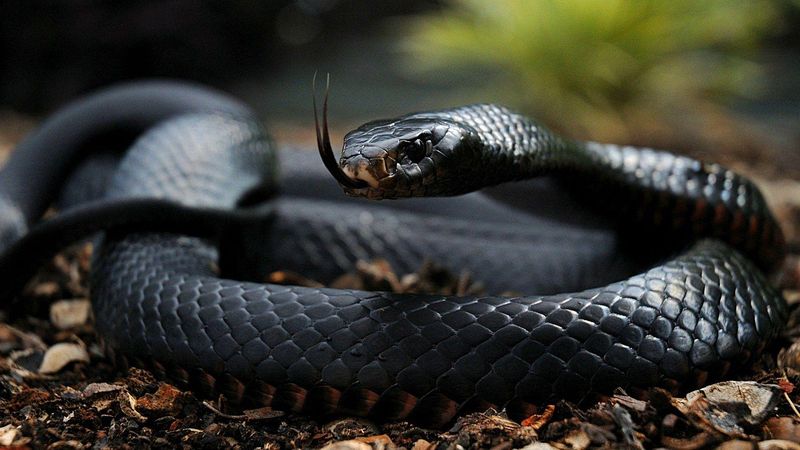
The Black Mamba, Africa’s most feared snake, is renowned for its incredible speed and potent venom. Its name derives from the inky black color inside its mouth, a stark contrast to its olive-brown skin.
This snake can move at speeds of up to 12 miles per hour, making it one of the fastest snakes in the world. A single bite delivers enough venom to kill several humans, requiring immediate medical attention.
Fascinating fact: Black Mambas are shy and prefer to avoid humans, but will strike with deadly precision if threatened. Their presence commands both respect and caution.
Leopard
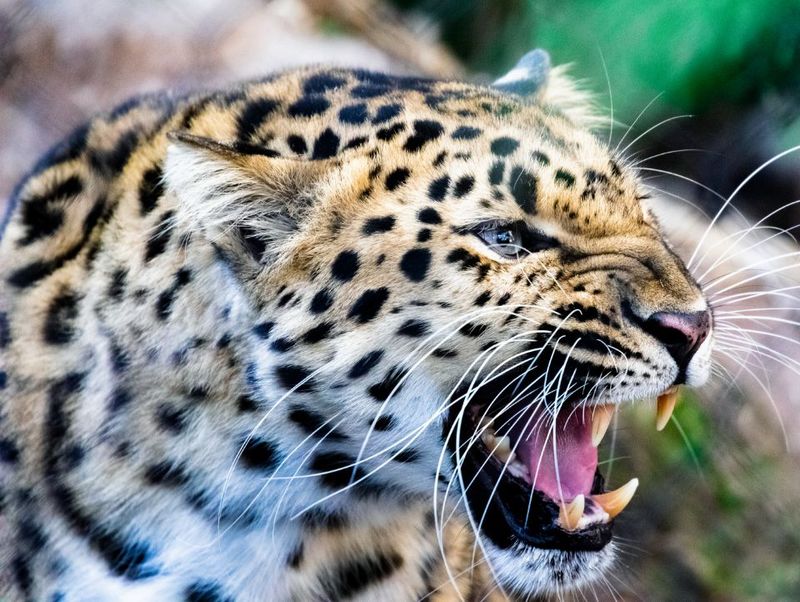
The Leopard, known for its elusive nature and incredible agility, is a master hunter of the African wilderness. Its striking spotted coat provides perfect camouflage among the trees and shadows.
These solitary cats are incredibly adaptable, thriving in various habitats from dense forests to arid savannahs. They hunt by night, dragging their prey up into trees to keep it safe from scavengers.
Did you know? Leopards are strong swimmers too, often seen near rivers. Their adaptability and strength make them one of Africa’s most successful big cats.
African Rhino
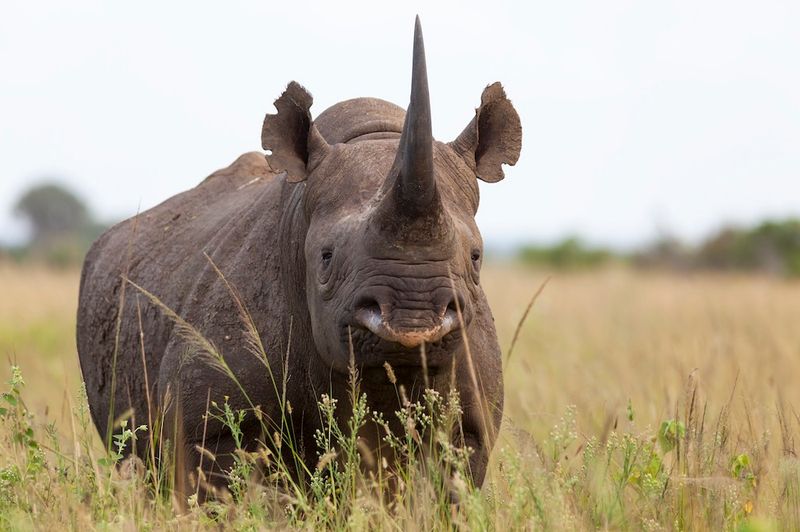
With sheer size and a formidable horn, the African Rhino commands attention and respect. These gentle giants, often misunderstood, are actually peaceful grazers.
Rhinos are known for their thick skin, which gives them a prehistoric appearance. Despite their bulk, they can charge with surprising speed if threatened.
Conservation note: Rhinos are critically endangered due to poaching for their horns. Efforts are underway to protect these magnificent creatures. Their survival represents the resilience of Africa’s wildlife.
Spotted Hyena
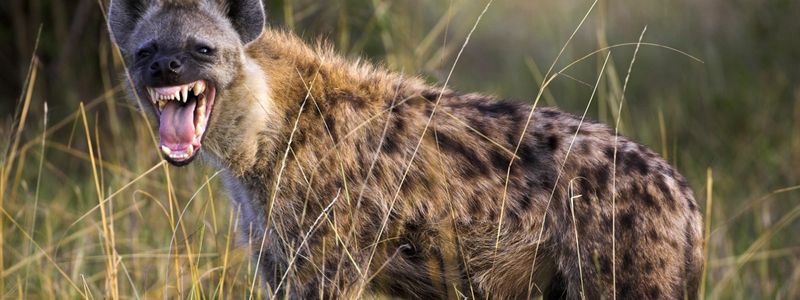
Often misunderstood, the Spotted Hyena is a complex and intelligent creature. Known for their “laughing” calls, these animals are highly social, living in matriarchal clans.
Hyenas are efficient predators and scavengers, capable of bringing down prey or cleaning up after larger predators. Their powerful jaws can crush bones, making them vital to the ecosystem.
Did you know? Hyenas communicate through a series of vocalizations, body postures, and scent markings. Their intricate social structures challenge the traditional view of them as mere scavengers.
Hippopotamus
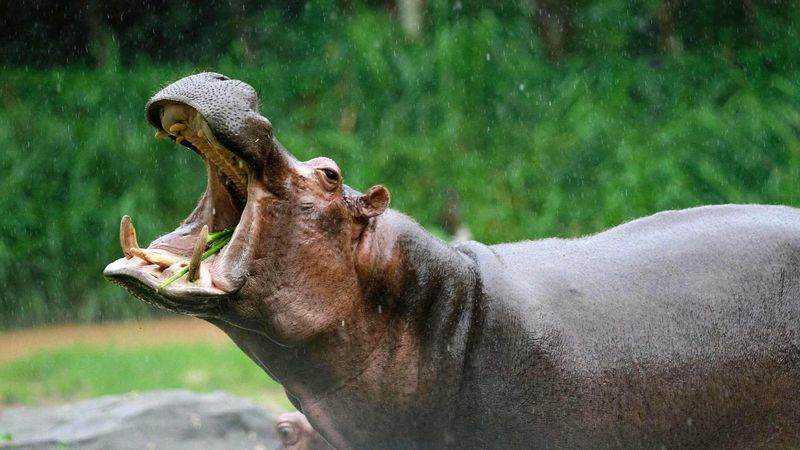
Despite their portly appearance, Hippopotamuses are one of Africa’s most aggressive animals. Their large mouths and sharp teeth make them formidable opponents.
Hippos spend much of their time in water to keep cool, but at night, they venture onto land to graze on grass. Their territorial nature makes them a force to be reckoned with in rivers.
Surprising fact: Although hippos look sluggish, they can run faster than humans on land. Their unpredictable behavior and sheer size make them a formidable presence in the wild.
Cheetah
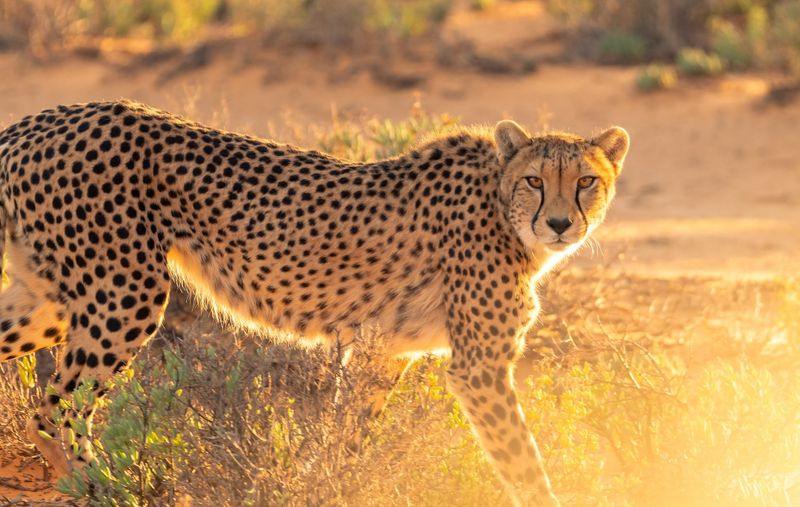
The Cheetah is synonymous with speed, holding the title of the fastest land animal. With its slender body and long legs, it can reach speeds of up to 70 miles per hour in short bursts.
Cheetahs rely on their keen eyesight to hunt during the day, using their speed to outrun and catch prey. Their distinctive black “tear marks” help reduce glare from the sun.
Did you know? Unlike other big cats, cheetahs cannot roar. Instead, they communicate with a series of chirps and purrs. Their grace and agility make them a marvel of nature.
African Wild Dog

The African Wild Dog, with its uniquely patterned coat, is a highly social and efficient hunter. Known for their pack dynamics, these dogs coordinate in intricate ways to bring down prey.
Wild dogs have a strong sense of community, often caring for sick or injured pack members. Their vocalizations range from high-pitched calls to deep barks, used to coordinate hunts.
Interesting tidbit: Wild dogs have an impressive hunting success rate, often as high as 80%. Their cooperative nature and strong bonds make them one of Africa’s most intriguing predators.
Gorilla

Gorillas, the gentle giants of the African forests, are known for their strength and social structure. These intelligent apes live in family groups led by a dominant silverback male.
Despite their size, gorillas are mostly herbivorous, feeding on leaves, fruit, and bamboo. Their peaceful nature masks the potential for immense power.
Conservation note: Gorillas face threats from habitat loss and poaching. Conservation efforts are crucial to ensure the survival of these magnificent primates. Their gentle demeanor and social bonds inspire awe and respect.
African Rock Python
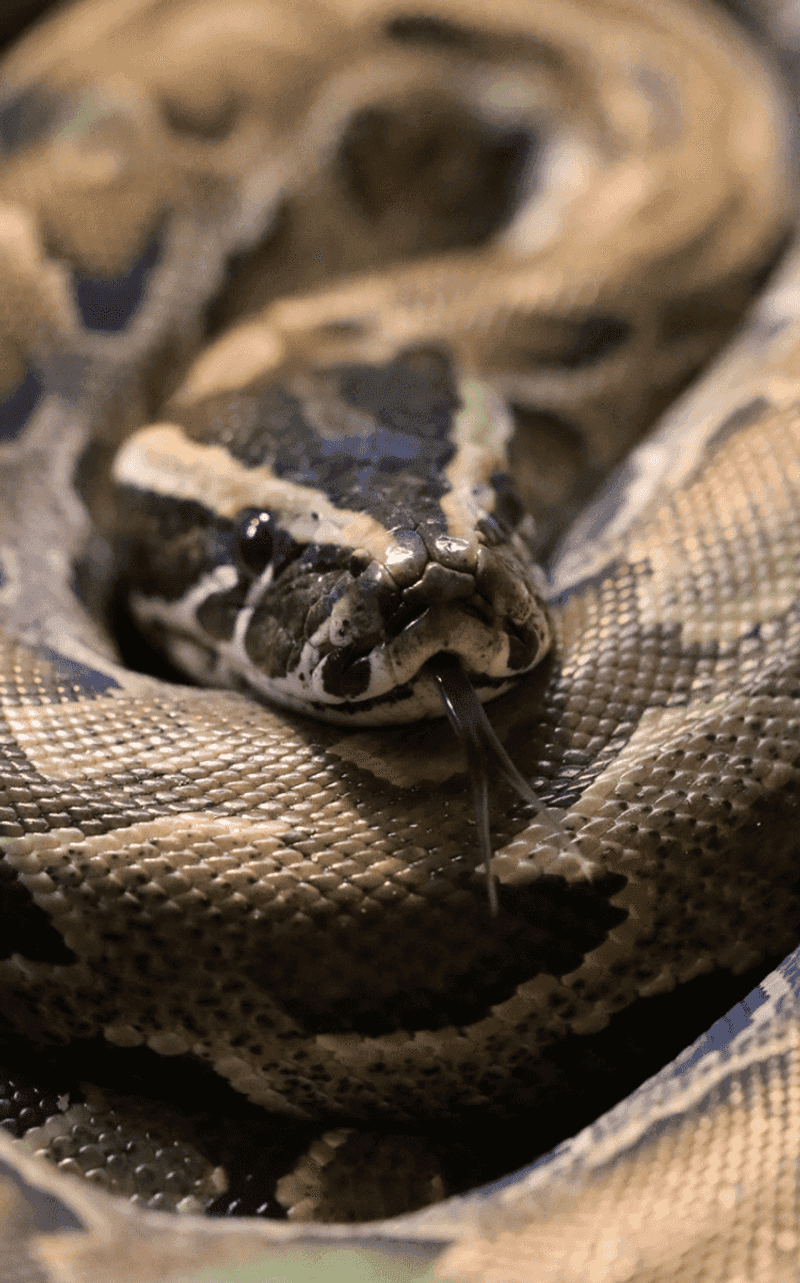
The African Rock Python is the continent’s largest snake, capable of reaching lengths over 20 feet. Its muscular body and patterned scales make it both beautiful and intimidating.
These pythons are non-venomous, relying on constriction to subdue prey. They are ambush predators, often lying in wait for unsuspecting animals.
Did you know? Despite their size, African Rock Pythons are adept climbers and swimmers. Their presence in diverse environments highlights their adaptability and enigmatic allure.
African Honey Badger

The African Honey Badger, or Ratel, is known for its ferocious and tenacious nature. Despite its small size, it fears no opponent, taking on even the most dangerous animals.
With sharp claws and a thick skin, the honey badger is both a skilled hunter and a persistent survivor. It often raids beehives, undeterred by stings.
Fun fact: Honey badgers have been known to use tools to escape enclosures, showcasing their intelligence. Their fearless attitude and resourcefulness make them a formidable presence in the animal kingdom.
Great White Shark
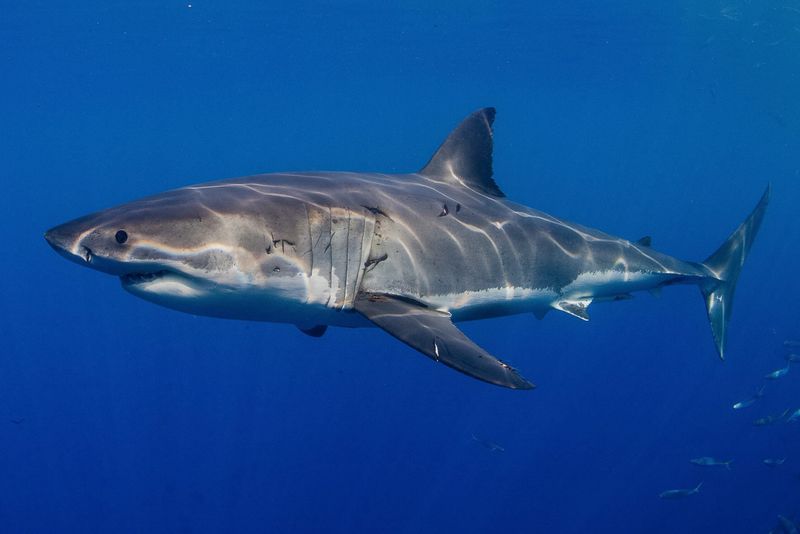
The Great White Shark, a symbol of oceanic power, is often spotted off the coast of South Africa. With its sharp teeth and streamlined body, it is a top predator in the marine ecosystem.
These sharks are known for their hunting prowess and ability to breach the water in pursuit of prey. Despite their fearsome reputation, they are vital for maintaining ocean balance.
Did you know? Great White Sharks have a highly developed sense of smell, capable of detecting a drop of blood in vast ocean waters. Their presence in African waters is both thrilling and awe-inspiring.
Baboon
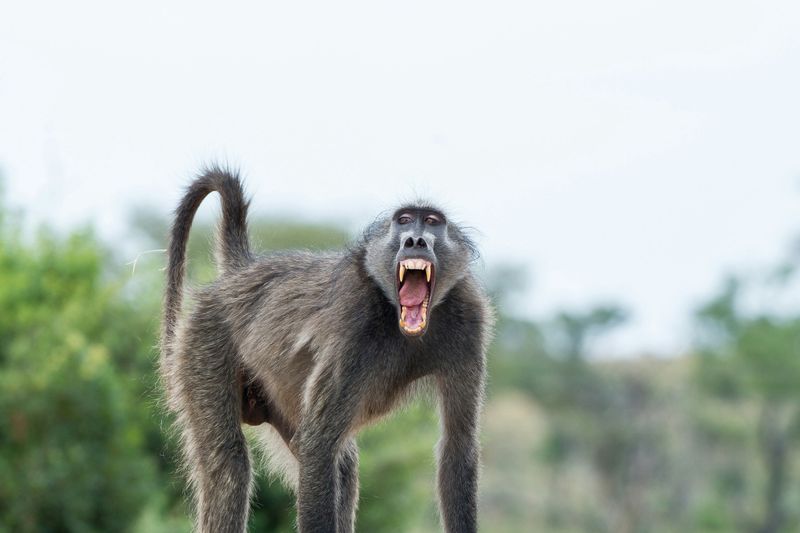
Baboons, with their expressive faces and complex social behaviors, are among Africa’s most intriguing primates. Living in large troops, they exhibit a rich tapestry of interactions.
These primates are highly adaptable, thriving in various environments from savannahs to forests. Their diet is omnivorous, including fruits, insects, and small animals.
Fun fact: Baboons use over 30 distinct vocalizations to communicate, each conveying different meanings. Their social complexity and adaptability make them a fascinating subject of study.
African Eagle
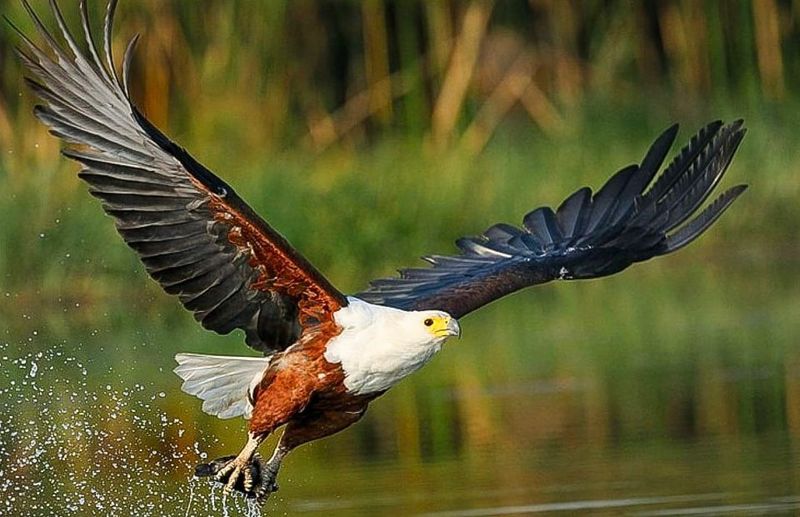
The African Eagle, a majestic bird of prey, commands the skies with its keen eyesight and powerful flight. These raptors are skilled hunters, capturing prey with precision.
Eagles are often solitary, soaring above the African landscape in search of food. Their impressive wingspans enable them to glide effortlessly, surveying their territory.
Did you know? African Eagles can spot prey from several miles away, using their exceptional vision to their advantage. Their grace and power symbolize freedom and dominance in the animal kingdom.
Warthog
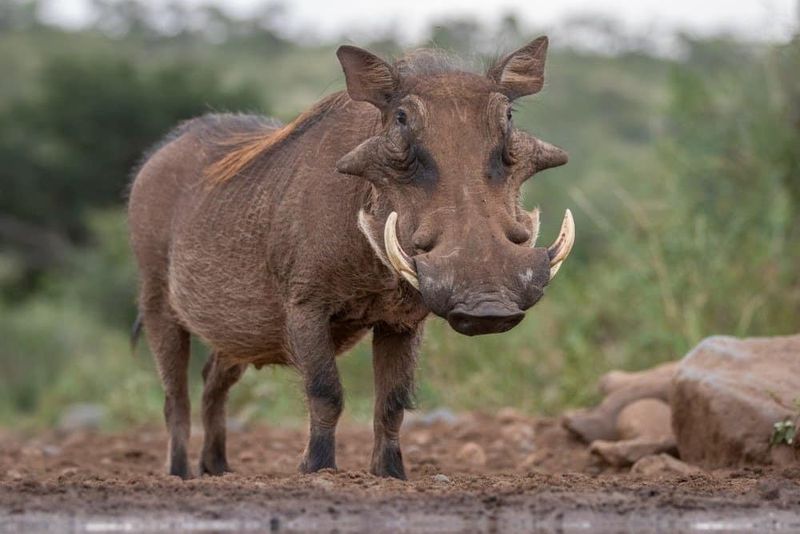
Warthogs, with their distinctive tusks and wiry manes, are hardy inhabitants of the African savannah. Despite their name, they are more endearing than their appearance suggests.
These animals are social creatures, often seen in groups called sounders. They use their tusks for digging and defense, showcasing resilience in the wild.
Interesting tidbit: Warthogs often use abandoned burrows for shelter, backing in to protect themselves with their tusks facing outward. Their adaptability and charm add to the rich tapestry of African wildlife.
Boomslang
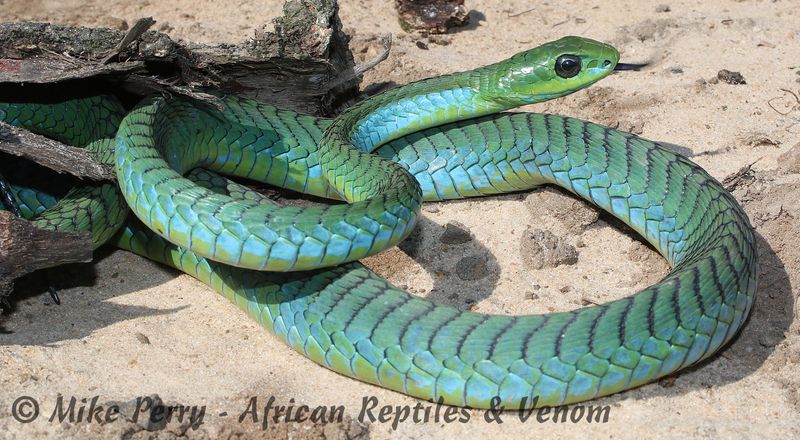
With eyes that seem to carry secrets of the forest, the Boomslang moves silently through the trees. Its slender, green form is perfectly camouflaged against the foliage, a testament to nature’s artistry. One bite from this serpent can be lethal, as it possesses a potent hemotoxin that causes bleeding disorders.
Curiously, the Boomslang is shy and prefers to avoid confrontation, striking only when threatened. This snake’s reputation is both fearsome and fascinating; its ability to blend seamlessly with its surroundings adds to its mystique.
Did you know? The name “Boomslang” means “tree snake” in Afrikaans—a fitting title for this arboreal predator.

